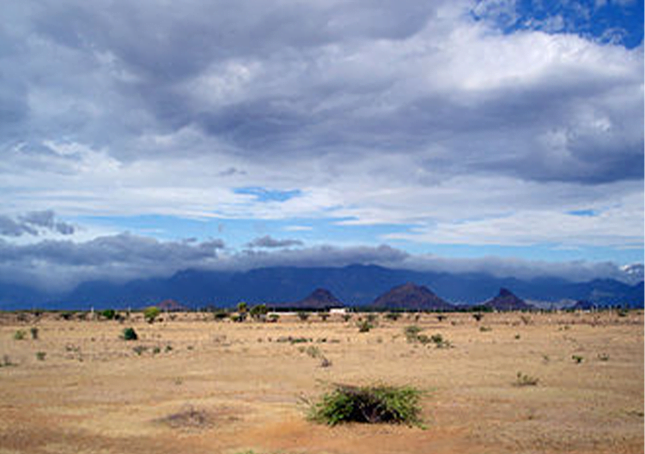Climate of India

The climate of India consists of a wide range of weather conditions across a vast geographic scale and varied topography, making generalizations difficult. Climate in South India is generally hotter and extremely humid than that of North India. South India is more humid due to nearby coasts. The southern half of the nation doesn’t experience temperatures below 10 °C (50 °F) in winter, and the temperature usually tends to exceed 40 °C (104 °F) during summer. Based on the Köppen system, India hosts six major climatic sub types, ranging from arid deserts in the west, alpine tundra and glaciers in the north, and humid tropical regions supporting rain forests in the southwest and the island territories. Many regions have starkly different microclimates, making it one of the most climatically diverse countries in the world.
The country’s meteorological department follows the international standard of four seasons with some local adjustments: winter (January and February), summer (March, April and May), monsoon (rainy) season (June to September), and a post-monsoon period (October to December).
India’s geography and geology are climatically pivotal: the Thar Desert in the northwest and the Himalayas in the north work in tandem to create a culturally and economically important monsoonal regime.
As Earth’s highest and most massive mountain range, the Himalayas bar the influx of frigid katabatic winds from the icy Tibetan Plateau and northerly Central Asia. Most of North India is thus kept warm or is only mildly chilly or cold during winter; the same thermal dam keeps most regions in India hot in summer.
Though the Tropic of Cancer—the boundary that is between the tropics and subtropics—passes through the middle of India, the bulk of the country can be regarded as climatically tropical. As in much of the tropics, monsoonal and other weather patterns in India can be strongly variable: epochal droughts, heat waves, floods, cyclones, and other natural disasters are sporadic, but have displaced or ended millions of human lives.
uch climatic events are likely to change in frequency and severity as a consequence of human-induced climate change. Ongoing and future vegetative changes, sea level rise and inundation of India’s low-lying coastal areas are also attributed to global warming.
